AARP Hearing Center

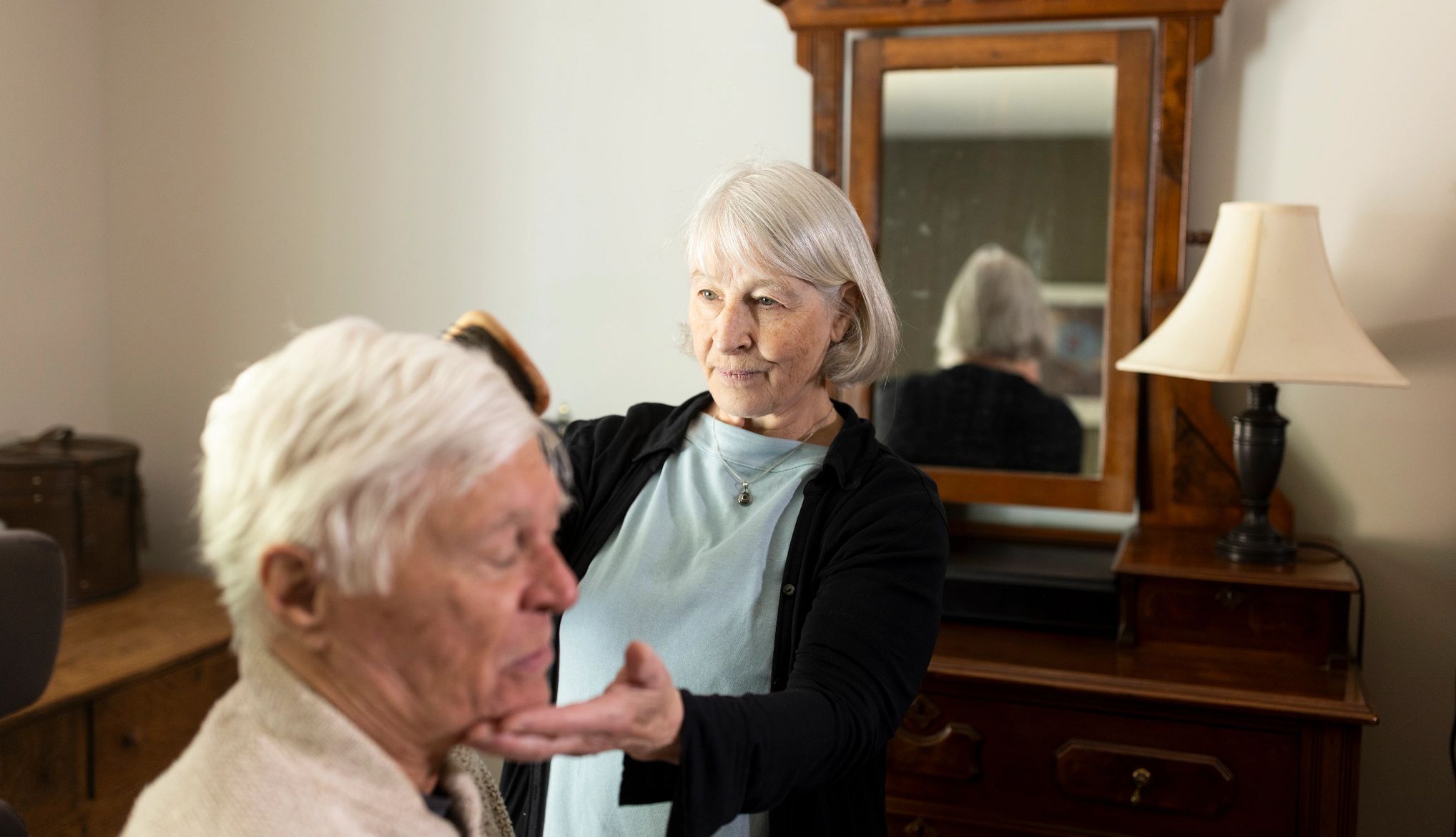
When Chicago neurologist Senda Ajroud-Driss meets with someone newly diagnosed with amyotrophic lateral sclerosis (ALS), it’s not unusual to find herself in a packed room, she says. People bring spouses and grown children; some bring friends with medical backgrounds.
She says all that apparent support is a good sign. ALS is “a heavy diagnosis,” she says, and caring for someone with the condition is too big a job for one person.
That’s because ALS, quickly or slowly, makes it harder and harder for someone to move and breathe on their own, ultimately requiring intense round-the-clock care. The condition is always fatal.
“You have to have a group,” Ajroud-Driss says, even if one person lifts the heaviest load.
For Myra Spijer, 73, of Shoreview, Minnesota, that group includes the friend who sometimes works as a paid aide so she can take breaks from caring for her husband, Wayne Hanson, 75, who uses a wheelchair but can still speak and chew food.
For Amy Walker, 65, of Buffalo Grove, Illinois, it includes friends who bring soup every week so she can puree it for her husband Pat, 66, who uses a feeding tube and is getting end-of-life hospice care. It includes another friend who interviewed home health aides so Walker could hire some part-time help, as well as the friends who help with yard work and home repairs.

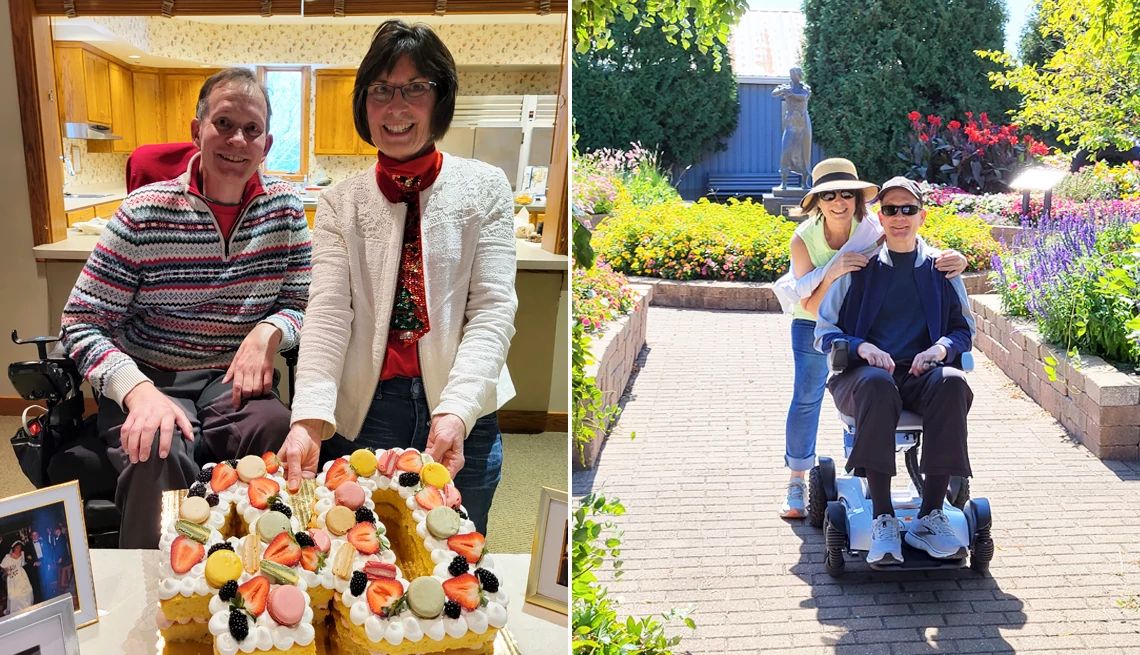
“At the beginning of all this, two people told me when someone offers, say yes,” Walker says. “That has been hard to do, but we couldn’t do this without such loving support.”
Even with support, an ALS diagnosis can be overwhelming for family caregivers, experts say. Information can help. So here’s what you need to know if a loved one has ALS.
What ALS is and how it’s diagnosed
ALS, formerly known as Lou Gehrig’s disease, affects brain and spinal cord nerves called motor neurons. These are the nerves that let you lift a hand, take a step or crack a smile when you want to. They also help you breathe. In ALS, the nerve cells break down and die, cutting off messages to the muscles. It gets worse over time, leaving people unable to walk, talk, use their hands, chew or breathe on their own.
The first symptoms can be subtle. For Wayne Hanson, it was a dropped, dragging foot that kept getting caught on stairs. He got a foot brace and saw multiple doctors over a few years before getting the correct diagnosis. Amy Walker remembers that Pat first had trouble using a door key and then had more and more weakness in his hands, leading to a misdiagnosis of carpal tunnel syndrome and several unneeded surgeries.
Join Our Fight for Caregivers
Sign up to become part of AARP's online advocacy network and help family caregivers get the support they need.
Finally, she says, a hand doctor sent them to a neurologist, who confirmed that Pat had ALS.
Unfortunately, such long lags, misdiagnoses and unhelpful treatments are common, doctors say.
On average, “we’re looking at a year to a year and a half for people to get a diagnosis,” says John Novak, a neurologist at the OhioHealth ALS Clinic in Westerville, a suburb of Columbus. One reason, he says, is that there’s no test that confirms ALS.
Still, by the time most people see a neurologist who specializes in ALS, the diagnosis is easy to make, says Ajroud-Driss, who practices at the Les Turner ALS Center at Northwestern Medicine.
“Usually, they’ve gone doctor to doctor” and had multiple blood and imaging tests, all of which look normal, she says. A specialist might run some more tests to rule out other conditions but will make the final diagnosis based on clinical factors, she says — things like symptoms, history and a physical exam.
How ALS progresses
ALS most often starts with weakness, twitching or other symptoms in the arms or legs but can start with trouble swallowing or talking, Ajroud-Driss says. That’s called “bulbar” onset.
While most people with ALS don’t develop dementia, about 10 to 15 percent have frontotemporal dementia (FTD), which affects personality, behavior and language, Ajroud-Driss says. Sometimes, the FTD shows up first. Testing finds more subtle cognitive changes in about 50 percent of ALS patients, she says.
Once weakness and other symptoms start, they “slowly spread at an unknown rate,” Novak says.
While it’s most common to survive for three to five years after symptoms appear, about 10 percent of people live a decade or more, according to the National Institute of Neurological Disorders and Stroke.
Such uncertainty can be hard for patients and caregivers, says Rochelle Walwer, a licensed clinical social worker at the Les Turner ALS Foundation. “Instead of kind of taking it day by day, they want to plan everything out,” and that’s often not possible, she says.































































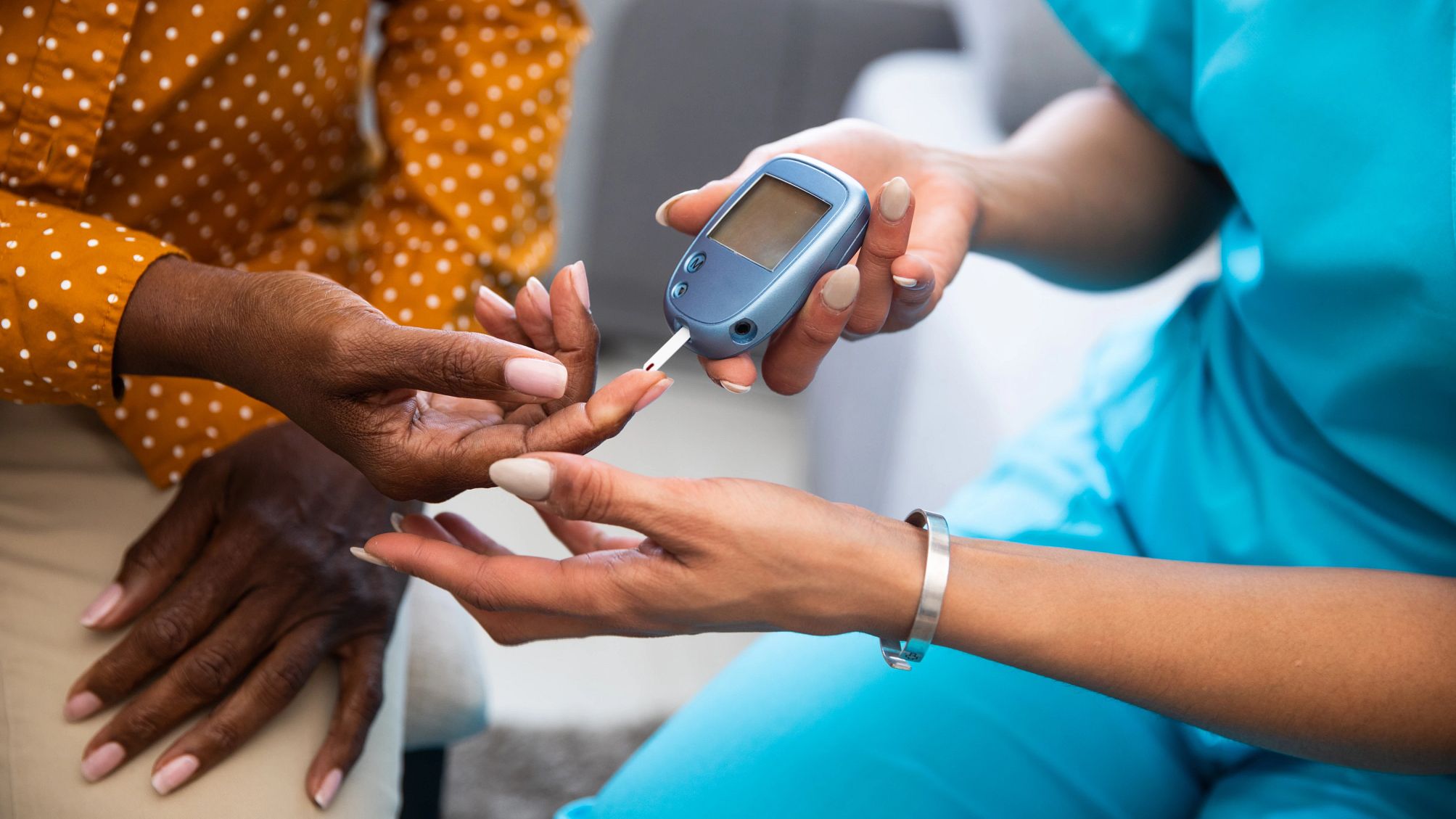
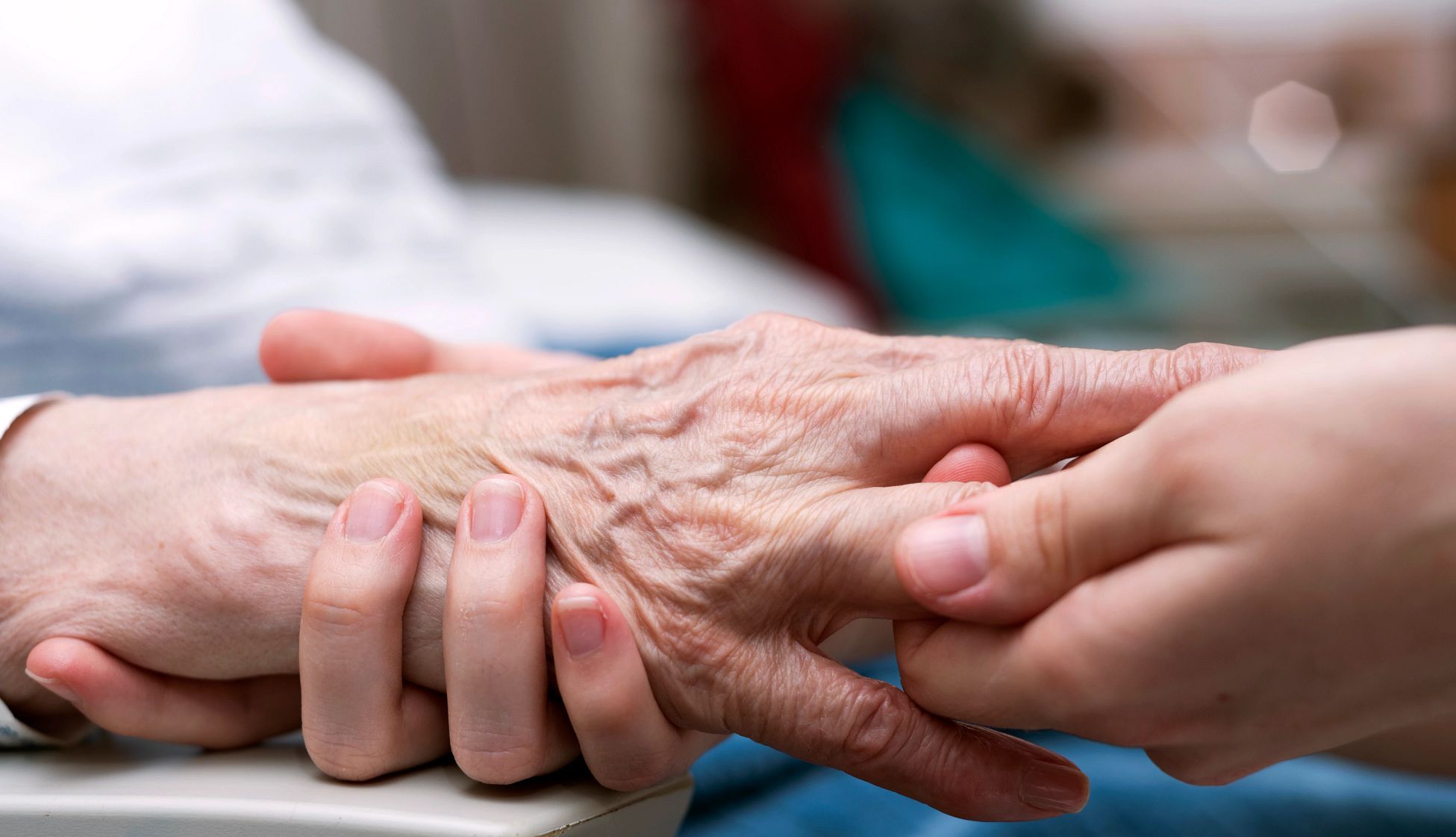


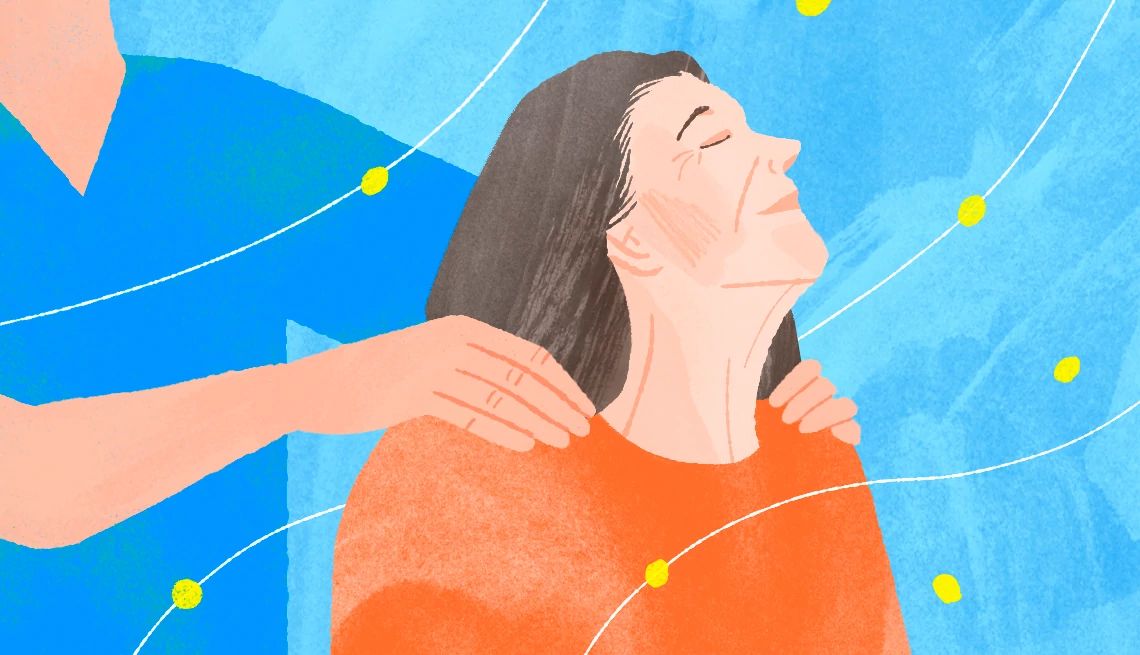

)
)
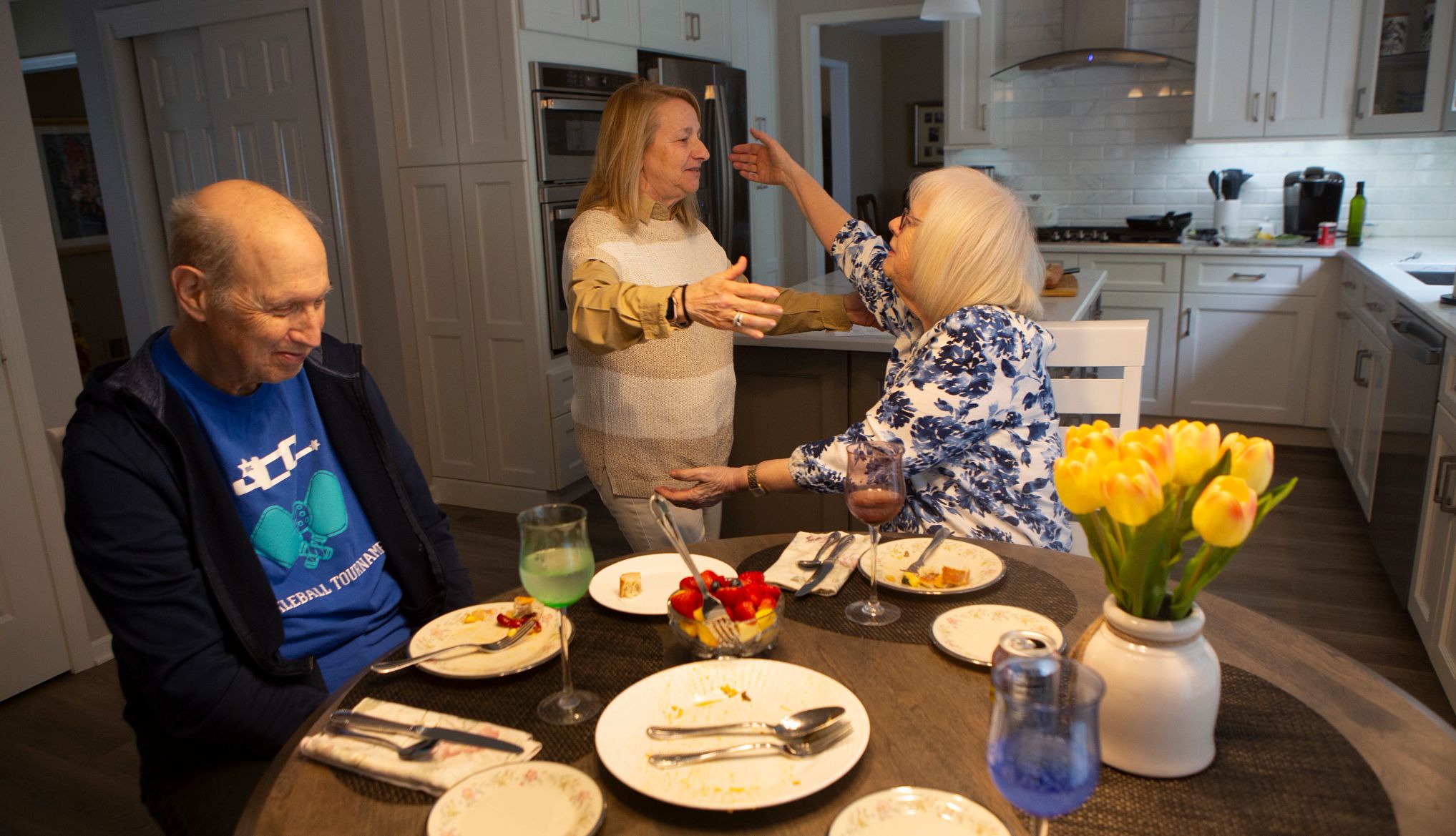
))
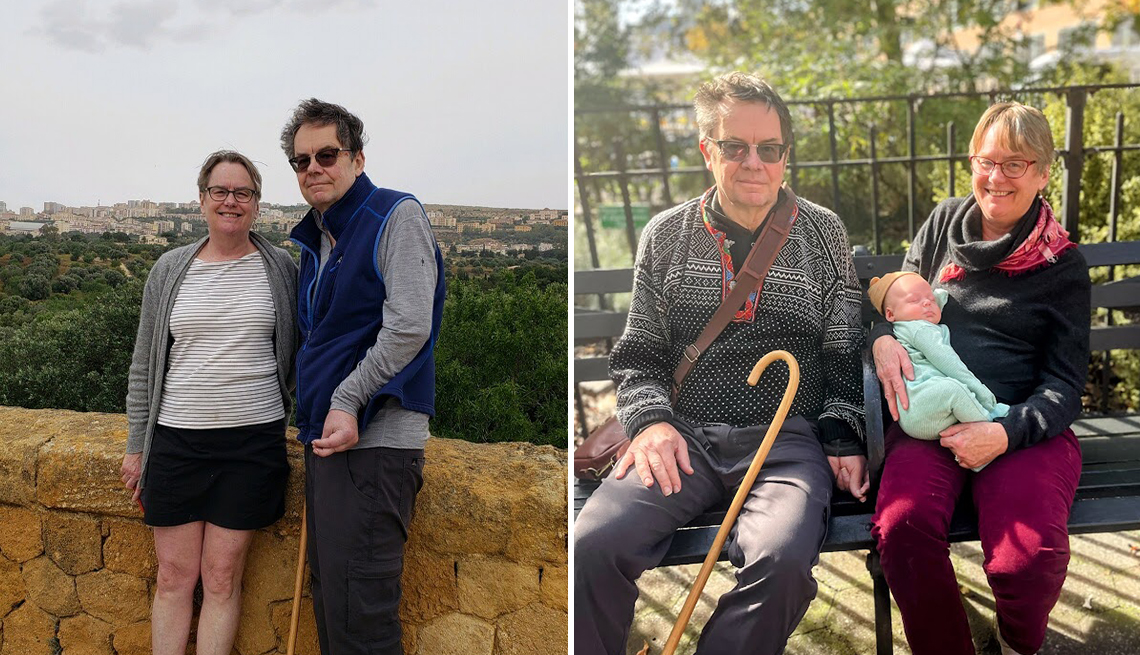


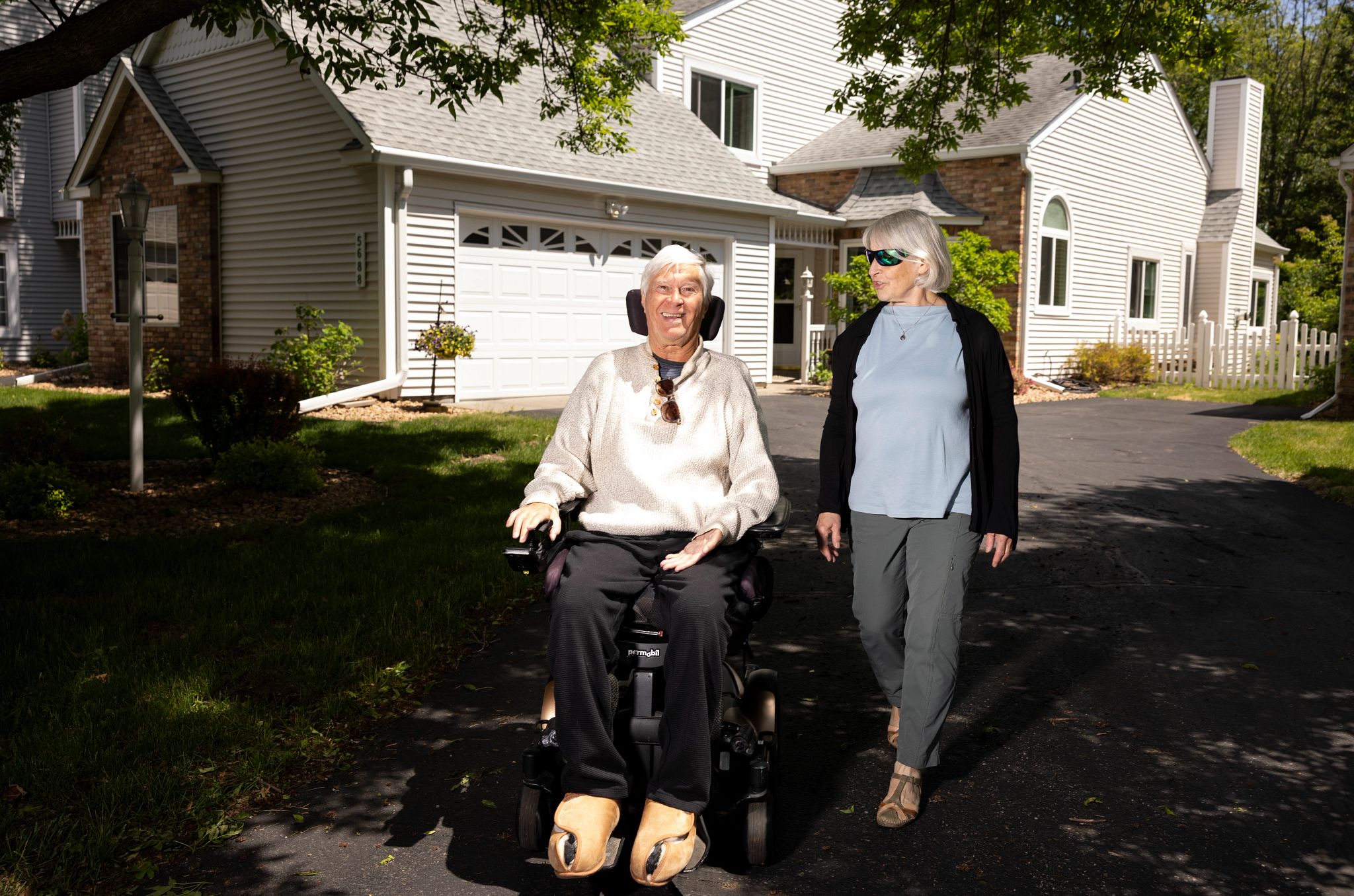




More From AARP
Navigating End-of-Life Rallies
How caregivers should handle these unpredictable bursts of clarity
How to Be a Caregiver for Someone with MS
The disease is unpredictable. Being prepared will help you manage
How Utility Companies Help Vulnerable Customers
Utility programs that help medically vulnerable adults stay safe during electrical outages